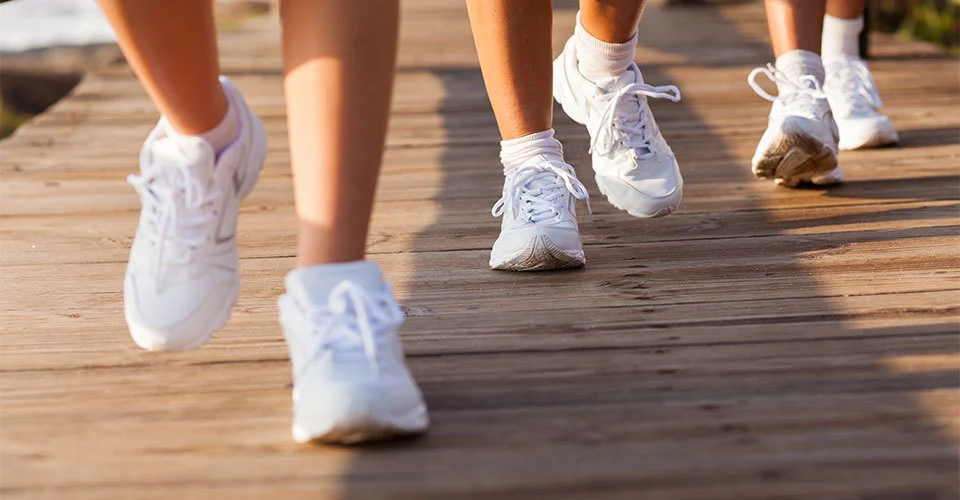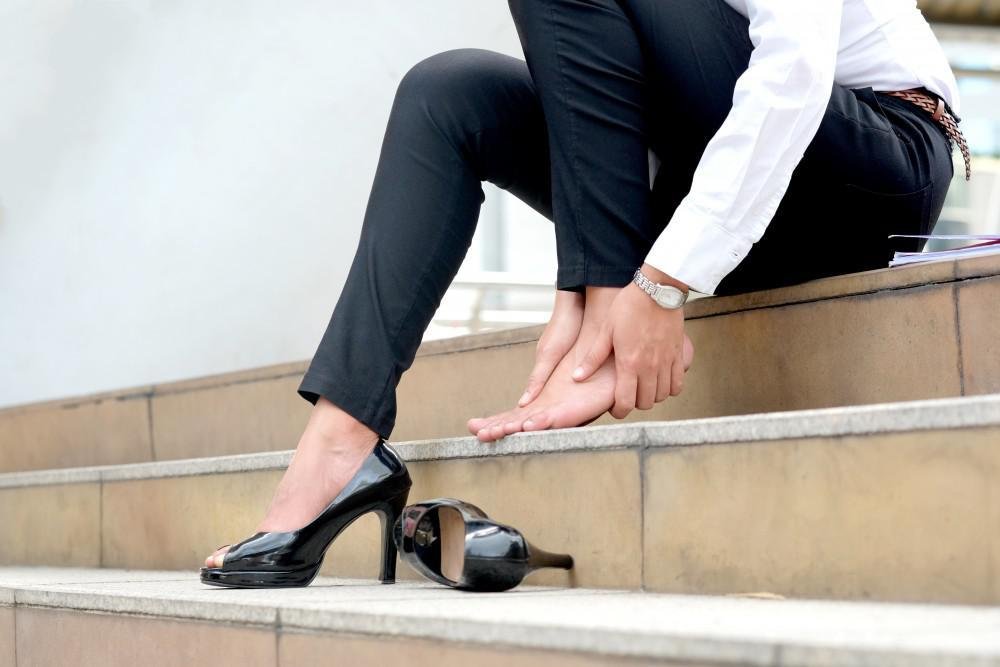As a parent, there are always a million things on your mind: meals, milestones, memories, and much, much more. Your child’s feet are probably pretty low on that list. But if you notice flat feet, that’s not something to ignore
What are Pediatric Flat Feet?
A person with flat feet has no arch on their instep. You can usually see this from their footprints, which will show the whole base of the foot. Pediatric flat feet is a condition in which the entire sole of the child’s foot contacts the ground. Also known as pes planus and fallen arches, flat feet occur when the foot’s arch either fails to develop or collapses.
My child has flat feet. Should I be worried?
For most children, having flat feet is not a cause for concern. It is a natural part of a child’s development and most will outgrow the condition and develop a normal arch.
Of those that don’t, the condition will rarely cause a problem and most children can still take part in sports activities without feeling any pain or other complications. This is considered a normal variation in foot type.
A child may have flexible flat feet, in which the arches are visible when they are sitting but as soon as they stand and put weight on their feet, the arches disappear. Children normally outgrow this.
Has your child been checked by our trusted Podiatrist? Find out more.
Flat feet in children is fairly common due to the fact that their bones and joints are still extremely flexible. Most children outgrow the condition by age six. Even those who don’t outgrow the condition around 15% rarely require treatment.
If you think your child has flat feet, talk to his or her doctor. Do not attempt to treat the condition without the advice of a podiatrist.






